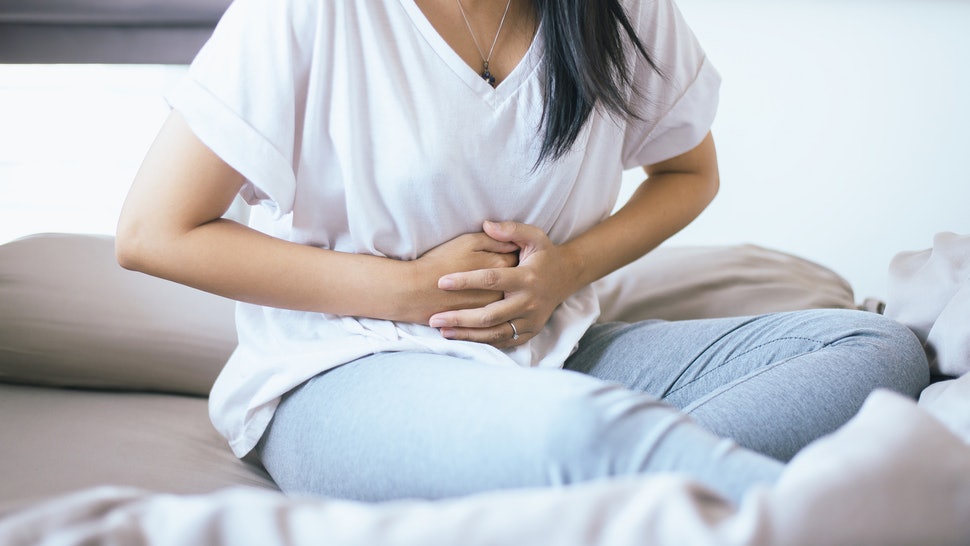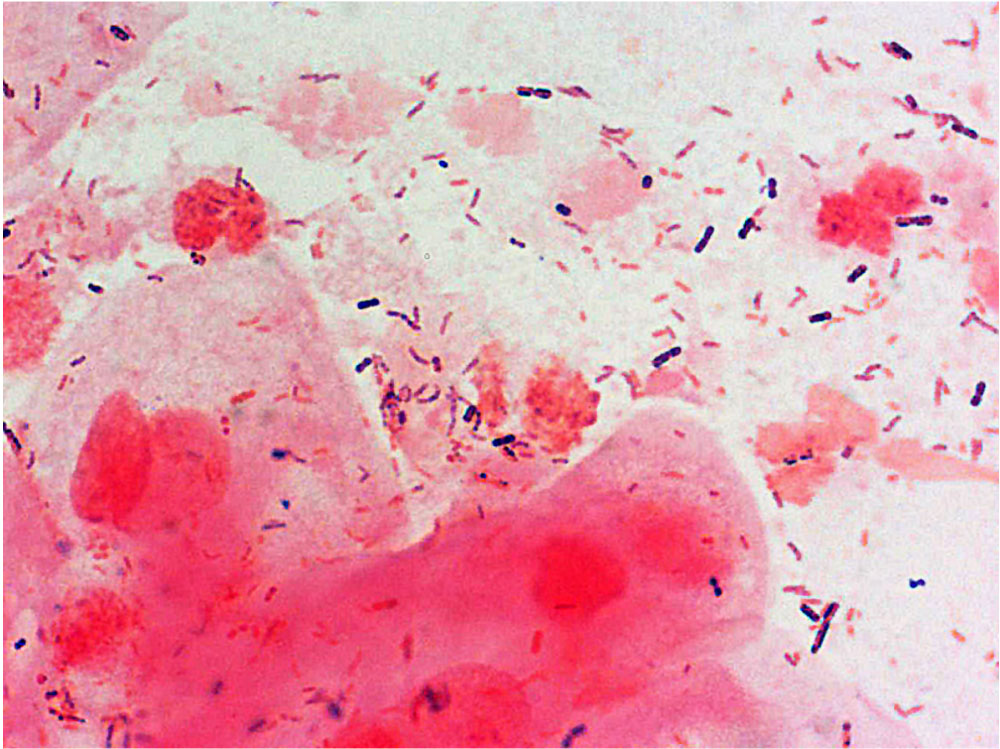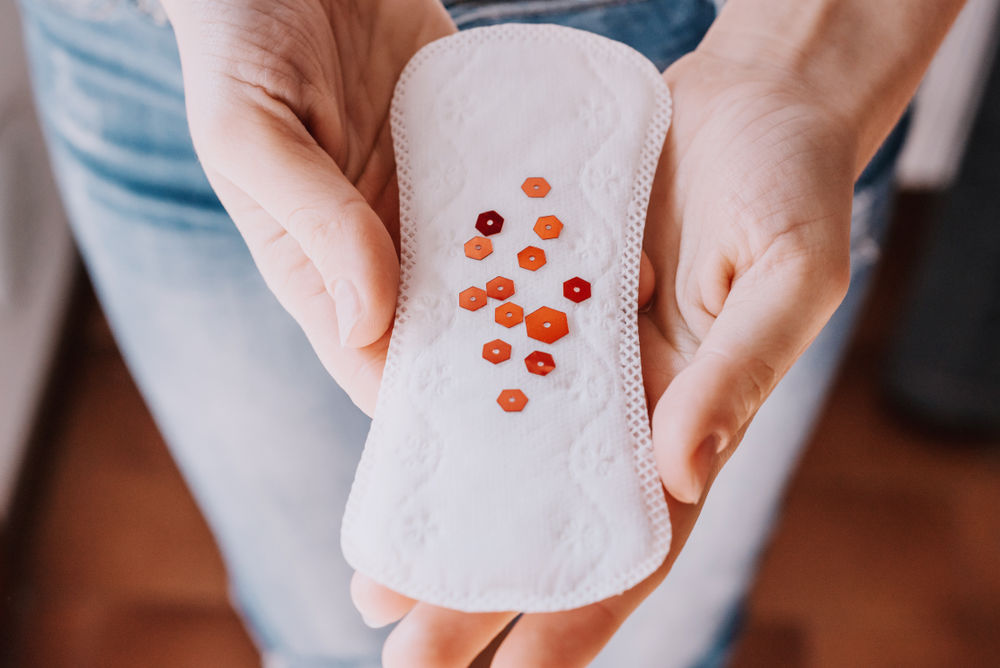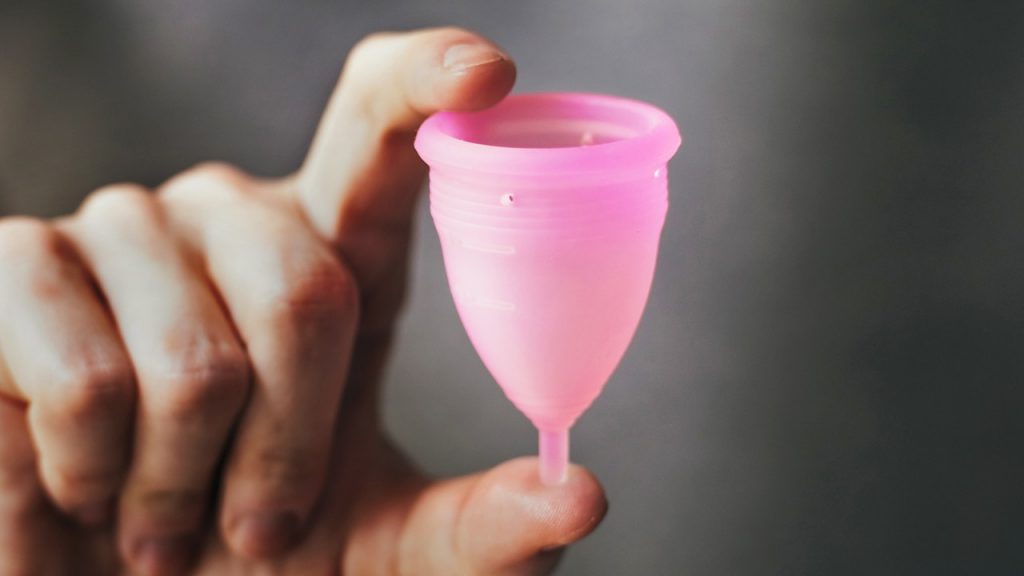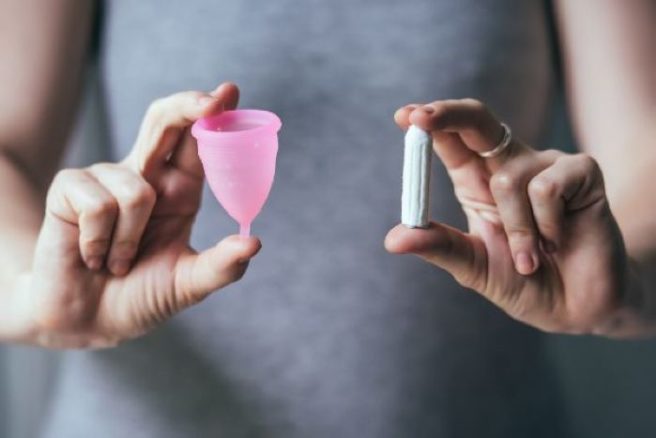What are painful menstrual periods?
The menstruation, or period, is normal vaginal bleeding that occurs as part of the monthly cycle of a woman. Many women have painful periods, also called dysmenorrhea. The pain is most often due to menstrual cramps, which are throbbing or cramping pains in the lower abdomen. You may also have other symptoms, such as lower back pain, nausea, diarrhea, and headaches. Period pain is not the same as premenstrual syndrome. This syndrome causes many different symptoms, including weight gain, swelling, irritability, and fatigue. The syndrome often begins one or two weeks before the start of your period.
What causes painful menstrual periods?
There are two types of dysmenorrhea, primary and secondary. Each type has different causes.
Primary dysmenorrhea is the most common type of menstrual pain. It is the menstrual pain that is not caused by another condition. The cause is usually to have too many prostaglandins, which are chemicals from the uterus. These chemicals cause your uterus muscles to contract and relax, which causes cramping.
The pain may begin a day or two before your period. It usually lasts a few days, although in some women it can last longer.
Usually, menstrual pain begins in youth, just after starting to have menstrual periods. Often, as you get older, you experience less pain. The pain may also improve after giving birth.
Secondary dysmenorrhea often begins later in life. It is caused by diseases that affect your uterus or other reproductive organs, such as endometriosis and uterine fibroids. It is common for this type of pain often to get worse over time. You can start before your period begins, and continue until after you finish.
What can I do for period pain?
To help ease the pain of your period, you can try:
- Use a hot pad or hot water bottle on the lower abdomen
- Exercise
- Take a hot bath
- Practice relaxation techniques, including yoga and meditation
You can also try taking over-the-counter pain relievers such as nonsteroidal anti-inflammatory drugs. These include ibuprofen and naproxen. In addition to relieving pain, these anti-inflammatories reduce the number of prostaglandins produced by the uterus and decrease their effects. This helps reduce cramping. You can take them when you have symptoms for the first time, or when your period begins, and you can continue taking them for a few days. You should not take them if you have ulcers or other stomach problems, bleeding problems or liver disease. Nor should you take them if you are allergic to aspirin. Always check with your healthcare provider if you are not sure that you can take nonsteroidal anti-inflammatory drugs.
It can also help you get enough rest and avoid drinking alcohol and tobacco.
When should I seek medical help for menstrual pain?
For many women, some pain is normal during their period. However, you should talk to your health care provider if:
- Nonsteroidal anti-inflammatory drugs and personal care do not help, and pain interferes with your life
- The cramps suddenly get worse
- He is over 25 years old and has severe cramps for the first time
- You have a fever with the pain of your period
- You have pain even when you are not in your period
How is the cause of severe menstrual pain diagnosed?
To diagnose severe menstrual pain, your doctor will ask about your medical history and perform a pelvic exam. You can also use an ultrasound or another imaging test. If your healthcare provider thinks you have secondary dysmenorrhea, you may have a pelvic laparoscopy, a surgery that allows your healthcare provider to observe inside your body.
What are the treatments for severe menstrual pain?
If you have primary dysmenorrhea and need medical treatment, your healthcare provider may suggest the use of hormonal contraceptives, such as the pill, the patch, the ring, or an intrauterine device. Prescription pain relievers may be another treatment option.
If you have secondary dysmenorrhea, your treatment depends on the condition that is causing the problem. In some cases, you may need surgery.

